Concentrated Photovoltaic Size
Market Size Snapshot
| Year | Value |
|---|---|
| 2024 | USD 2.88 Billion |
| 2032 | USD 8.63 Billion |
| CAGR (2024-2032) | 14.71 % |
Note – Market size depicts the revenue generated over the financial year
Concentrated photovoltaic (CPV) is a market that is expected to grow at a rapid pace. It is estimated to be worth $2.88 billion in 2024 and $8.63 billion in 2032. Its CAGR is 14.71 % for the period from 2024 to 2032. This growth is being driven by the growing demand for clean energy and the development of CPV technology. In addition, CPV, with its high efficiency and ability to generate power in different environments, is attracting investors and energy producers. And it is these factors that will continue to drive the market. Strategic initiatives by market leaders such as partnerships and research and development activities will further boost the market. Soitec, Sunpower, and Amonix, to name a few, are involved in the launch of new products and collaborations in order to strengthen their market position and promote the use of CPV technology. These developments point to a dynamic market that is expected to change significantly in the years to come.
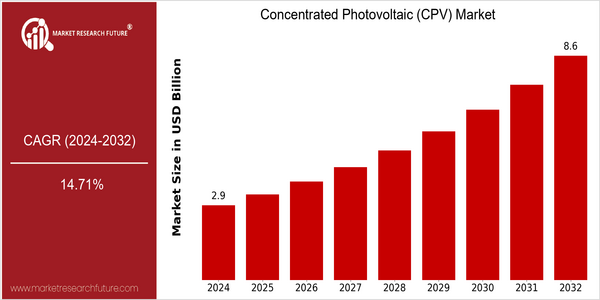
Regional Market Size
Regional Deep Dive
Concentrated photovoltaics (CPV) are experiencing dynamic growth in the market, driven by the increasing energy demand, technological advancements, and government support. The growth will be influenced by various factors such as irradiation, regulations, and investment in the development of the renewable energy industry. The CPV market will play a significant role in the transition to clean energy sources as countries try to meet their goals for sustainable development and to reduce their carbon footprint.
Europe
- In Europe, a renewed interest in CPV is being shown, particularly in southern countries like Spain and Italy where the irradiation is higher and a more efficient CPV system can be installed. Incentives from the European Union’s Green Deal and from various national governments are promoting research and investment in CPV technology.
- Notable projects, such as the 1 MW CPV installation in Almeria, Spain, showcase the region's commitment to integrating advanced solar technologies into its energy mix, potentially leading to increased adoption of CPV systems across Europe.
Asia Pacific
- China and India, which are investing heavily in solar energy, are the main pillars of the CPV market. China, in particular, has introduced policies and subsidies to promote CPV technology, and its manufacturing capacity has improved significantly.
- India's National Solar Mission aims to achieve 100 GW of solar power by 2022, with CPV technology being explored as a viable option for large-scale solar farms, particularly in regions with high solar potential like Rajasthan.
Latin America
- In the United States, he says, the irradiation is too low. In the Atacama Desert, Chile, the irradiation is so high that the industry is developing there, encouraged by the government's policy of increasing the share of renewable energies.
- The recent launch of the 'Renewable Energy Auction' in Brazil has opened doors for CPV developers, encouraging competition and innovation in the market, which is likely to lead to more efficient and cost-effective CPV solutions.
North America
- The United States has also seen a considerable investment in CPV, and companies like Solar Junction and Amonix are advancing the development of high-efficiency CPV systems. Moreover, the extension of the investment tax credit (ITC) in the United States has accelerated the commercialization of CPV systems.
- California's ambitious goals for the development of renewable energy have sparked many a CPV project, including the 500-megawatt Mount Signal project, which will increase the region's solar power capacity and prove the viability of CPV in large-scale applications.
Middle East And Africa
- The Middle East is taking advantage of its abundance of solar energy, and countries like the United Arab Emirates and Saudi Arabia are investing in concentrating photovoltaics to diversify their energy sources. The Mohammed bin Rashid Al Maktoum Solar Park in Dubai is a flagship project that uses concentrating photovoltaics to improve energy efficiency.
- Regulatory frameworks in the region are evolving, with initiatives like Saudi Arabia's Vision 2030 promoting renewable energy investments, which are expected to drive the adoption of CPV technology in the coming years.
Did You Know?
“Did you know that CPV systems can achieve efficiencies of over 40% under optimal conditions, significantly higher than traditional photovoltaic systems?” — National Renewable Energy Laboratory (NREL)
Segmental Market Size
Concentrated photovoltaics play an important role in the development of the renewable energy sector, and they are currently experiencing strong growth due to the growing need for energy and the need for more efficient solar systems. Besides the growing focus on sustainable energy solutions, a number of factors are driving the development of concentrating photovoltaics, including increasing efficiency and decreasing costs. In addition, the increasing number of countries requiring a certain share of renewable energy in their electricity supply, such as California and Europe, also stimulates the development of concentrating photovoltaics. Several large-scale projects have already been built, primarily in the Mojave Desert in California. These include the large-scale concentrating photovoltaic plants built by SolarReserve and Amonix. The main application is in the production of electricity in the power plant scale, primarily in areas with a high degree of solar radiation. Several trends, such as government incentives to use more renewable energy and companies' sustainable development strategies, accelerate the development. In addition, innovations in tracking and hybrid concentrating photovoltaics also contribute to the development of the industry and make it a competitive option in the market for renewable energy.
Future Outlook
The concentrated photovoltaic market will see significant growth between 2024 and 2032, with a projected market value increase from $2.8 billion to $8.5 billion, which translates into a robust compound annual growth rate (CAGR) of 14.71%. The growth is being driven by the increasing global demand for energy, the growing preference for renewable energy sources, and technological advances that have improved the efficiency and reduced the cost of concentrating photovoltaics. The high cost of concentrated photovoltaics will continue to be a barrier to the commercialization of the technology. However, as countries strive to meet their carbon emissions reduction goals, concentrating photovoltaics are expected to become increasingly viable, especially in regions that have high solar insolation, such as the Middle East, North Africa, and parts of the United States and Australia. These factors will drive the market to continue to grow. Concentrated photovoltaic systems will also be able to benefit from the integration of artificial intelligence and machine learning for predictive maintenance and performance-optimization purposes. In addition, the emergence of hybrid energy systems, which combine concentrating photovoltaics with other renewable energy sources, will help to broaden the scope of application and increase the penetration of the market. These technological developments and a more favourable regulatory framework are expected to enable concentrating photovoltaics to become a significant contributor to the global solar energy market by 2032.
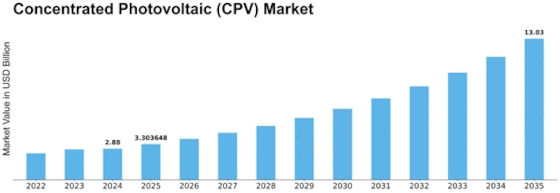

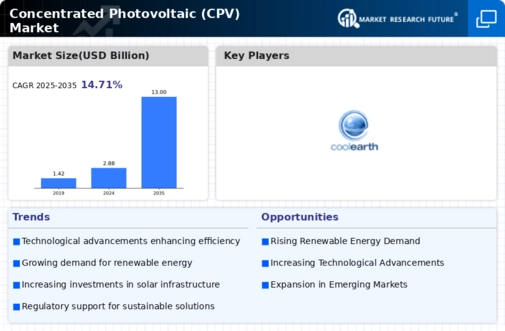
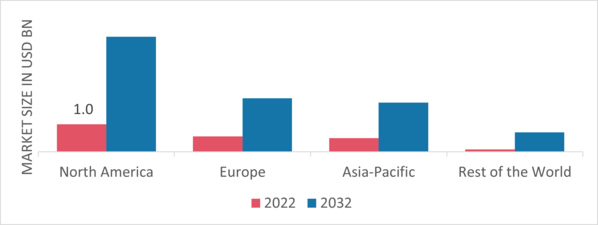




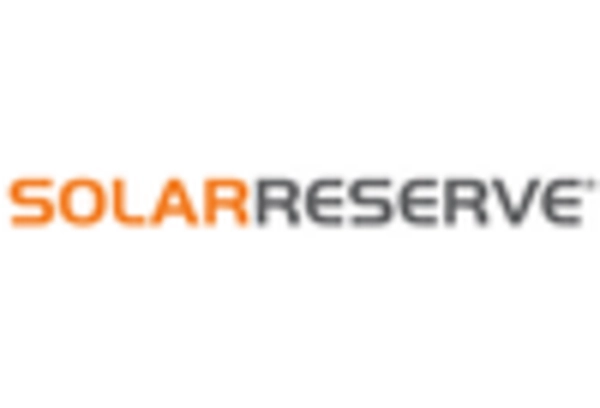










Leave a Comment